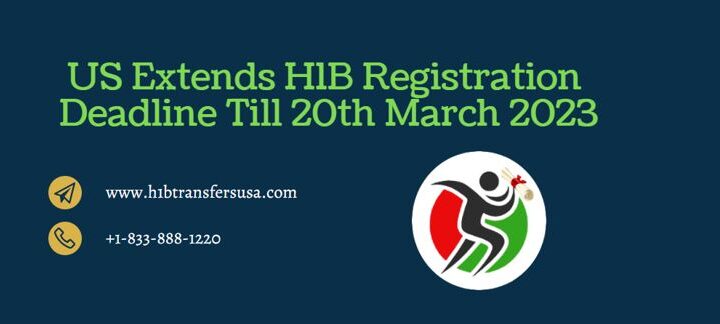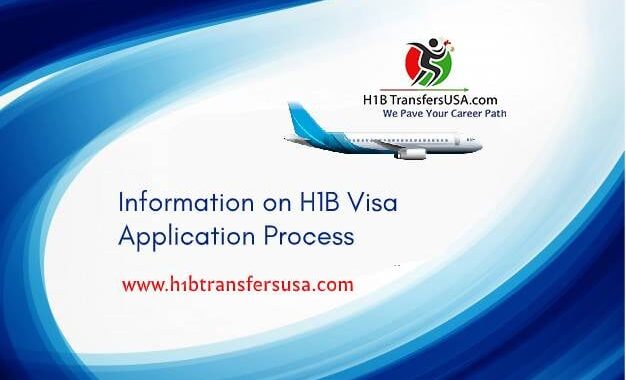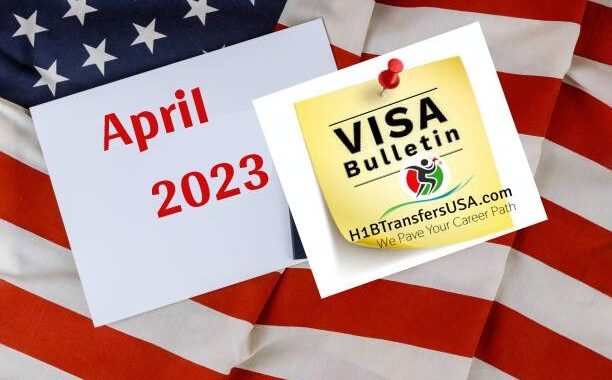Update on COVID-Related Delays at USCIS
2 min read
The COVID-19 pandemic has significantly exacerbated delays and backlogs at the U.S. Citizenship and Immigration Services (USCIS). These biometric delays have been especially pronounced with regard to the scheduling of biometrics appointments at application support centers (ASCs) and in the issuance of receipt notices.
Update on Biometrics Delays & Appointments
Recently USCIS released a stakeholder message, giving an update on the planning of new biometrics appointments, and the rescheduling of those that were recently canceled. The USCIS estimates that approximately 280,000 appointments were dropped. Primarily between March and June, due to the temporary closure of ASCs.
From July to September, ASCs had the option to deal with under 50% of their normal, pre-COVID capacity. Since late-October, that number has risen to around 65 percent of normal levels. The USCIS is currently planning more than 10,000 biometrics appointments for each day. While this may seem like a critical number, there still are more than 1,000,000 foreign nationals waiting for their respective biometrics appointments to be scheduled.
Prioritizing ASC Appointments
In scheduling biometrics appointments, the USCIS is “prioritiz[ing] benefit types, considering adjudication capacity and processing times.” However, no further specifics were given. Within each benefit type, the appointments typically are planned on a first-in, first-out basis.
The following are a few representative examples of the impacts of biometric delays:
Delay in I-765/EAD adjudications:
Form I-765 is utilized to apply for an Employment Authorization Document (“EAD”). The individuals who as of now have an EAD can’t apply for a renewed document more than 6 months prior to the expiration date of their current EAD. Considering biometrics delays, numerous EAD adjudications are taking longer than a half year. In this way delivering the candidate ineligible to work while waiting for a new EAD. Unless they fall within one of the few EAD categories that offer an automatic 180-days extension while the application is pending;
Delay in I-539 adjudications:
Form I-539 is utilized to apply for a change of status or extension of stay for certain nonimmigrant classifications. Including B-1/B-2 visitor status and/or many dependent statuses, for example, H-4 or L-2. Previously, USCIS would frequently adjudicate the I-539 application for a dependent simultaneously with that of the primary candidate. Which is usually filed on Form I-129 and would expand the 15-day Premium Processing adjudication window to the I-539s of dependents as a courtesy.
[Trump Extends Work Visa Restrictions]
However, due to the new requirement that I-539 candidates should now give biometrics to USCIS. I-539 applications can’t receive the benefit of Premium Processing and often take 6 months or longer to be adjudicated.
Conclusion
While it is reasonable that COVID-19 has created delays at the USCIS. It is unfortunate that the USCIS has not taken more aggressive action to deal with these huge backlogs. One simple solution would be to waive the biometrics requirements for many application types, for example, H-4 and L-2 extensions.






